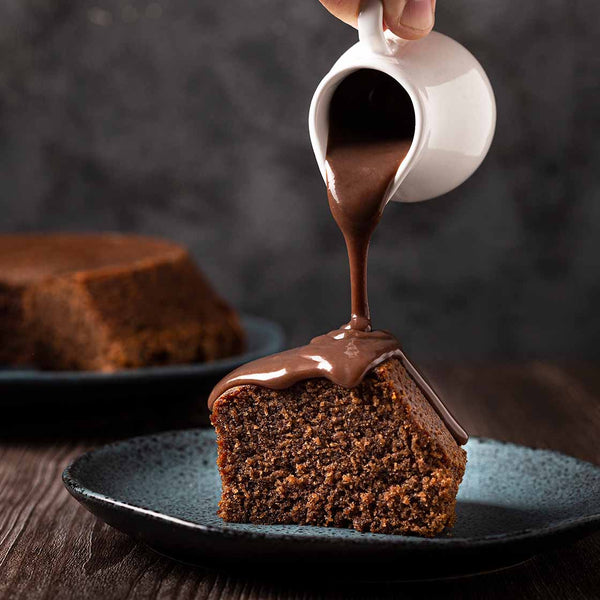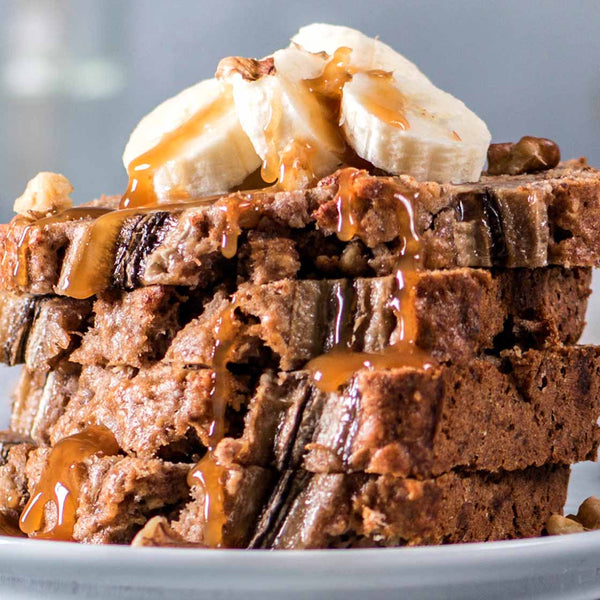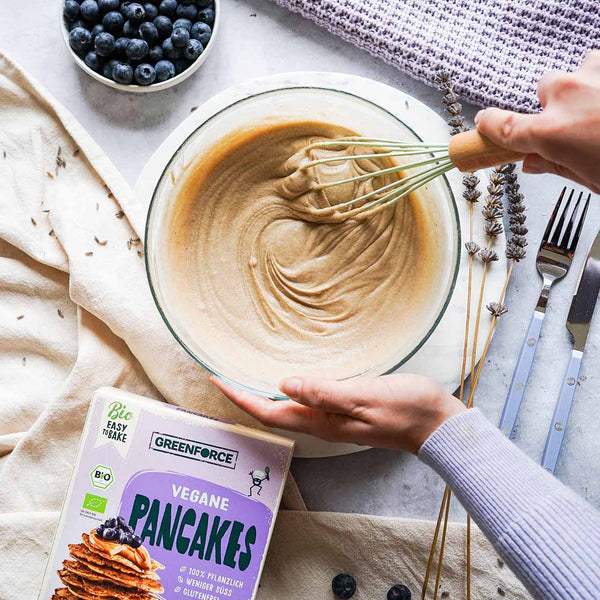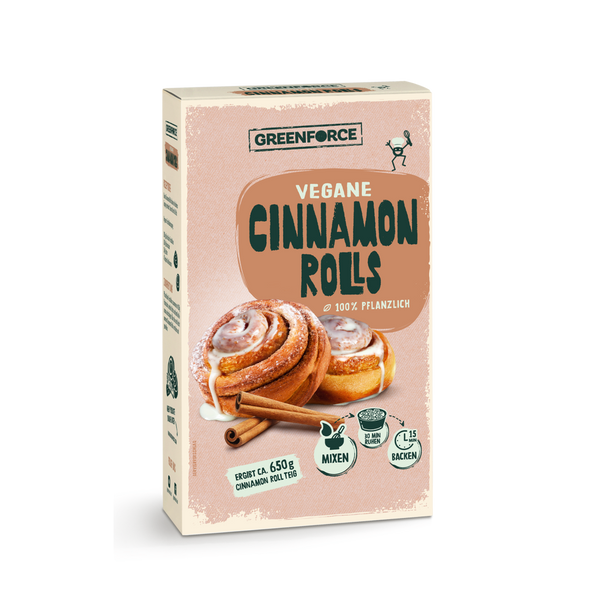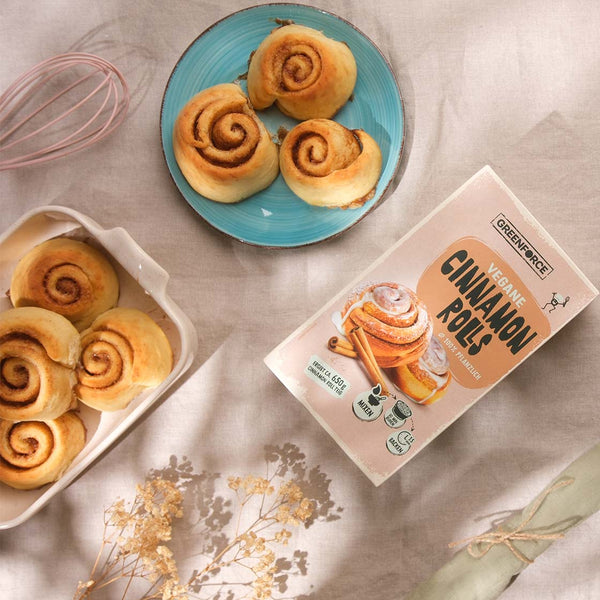Important : Sometimes it takes a while to find the right butter alternative for your recipe. So don't be discouraged if the first attempt doesn't suit your taste.
If the dough feels sandy, it helps to mix in a little starch. If the cake seems too hard, you will need more fat next time. With a little patience and a willingness to experiment, you will soon have the best vegan cake .
Here you will find 6 good butter alternatives for baking :
margarine
Margarine is the classic alternative to butter and can be used in a 1:1 ratio. The taste is milder, but this should not be a problem in most recipes. When shopping, make sure that the margarine does not contain palm oil and that the packaging says it is suitable for baking.
By the way : Just like oil or coconut oil, you can also use margarine to grease the cake tin or baking tray. This saves you baking paper.
Liquid margarine is ideal for batter. It also works perfectly in yeast dough. Although these can be made without fat, a little margarine or vegetable oil will give them a smooth consistency.
Vegetable oil
Oil is the perfect butter alternative for batter. The ingredient is included in sponge cakes and muffin recipes anyway. It is best to use a neutral-tasting product, such as sunflower or rapeseed oil.
The oil ensures that your dough is moist and airy. However, the fat content is significantly higher than with butter. If the recipe calls for 100 grams, it is sufficient to use 75 to 80 milliliters of oil.
Nut butter
Nut butters are particularly suitable as a butter alternative for biscuits and other shortcrust pastries . To replace butter in cakes, you can mix almond, cashew or hazelnut butter with vegetable oil in a 50/50 ratio. The resulting mixture can replace butter 1:1, but you will need a little more baking powder than usual.
Of course, you can replace not only fat with nut butter , but also nuts. This way you kill two birds with one stone.
The vegan substitute also ensures that the baked goods are juicier and in some cases even last longer. The only downside : the intense flavor doesn't suit every dough.
Coconut fat and coconut oil
The most important difference between coconut fat and coconut oil is the taste. Coconut oil has a noticeable flavor of its own, whereas coconut fat has a more neutral taste. Therefore, you should only use the oil if a light coconut flavor suits your baked goods. In all other cases, use coconut fat.
Important : Since both products are much more economical than butter , you cannot replace them 1:1. Use about 75 percent of the amount specified in the recipe.
 Germany
Germany
 Austria
Austria
 Switzerland
Switzerland
 Netherlands
Netherlands
 Belgium
Belgium
 Luxemborg
Luxemborg

















